تونس
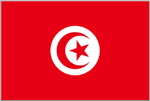
Easy-to-remember capital of Tunisia

By far the largest city in Tunisia, Tunis is the capital and has been for over eight hundred years, with the medina having been founded in 698 AD. The Middle Ages were punctuated by Spanish and Ottoman occupations, then the French decided they’d take charge in the late 19th century, and laid out the Ville Nouvelle. The city sits between two large lagoons just inland from the Mediterranean coast, and is easily reached from most of Europe.
Naturally, I started my Tunisian adventure in the capital, having booked a basic hotel for my first night on Avenue Habib Bourguiba. It was easy to find my way around and perfectly safe wandering the new town and medina, although there was an element of pestering as I was so obviously a tourist. I had a very un-Tunisian dinner of pizza at a nice place on the central boulevard, and otherwise amused myself seeing the sights at a leisurely pace.

The Hotel Africa provided a clear reminder that I wasn’t in Europe anymore, although I did wish that my budget had stretched to staying there instead. I stayed across the road at the Hotel Carlton, which from my 2023 research appears to have been much tarted up since then.


The division between old and new; the Porte de France gateway to the Tunis medina, where things start to get more interesting!
Inside the medina it was the usual narrow alleys and overflowing shops, much like other medinas I have visited in Morocco, but the dress of the people wandering around was distinctly western in style.


Al Zaytouna Mosque forms the centrepiece of the Tunis medina and is the oldest in town, dating back to the founding year of Tunis in 698 AD.
Another view of Al Zaytouna Mosque, this time including the minaret which was rebuilt in 1894 on the site of the 15th century original.


Clay jugs similar to the type built in to Ksar Ouled Soltane on one of the medina rooftops.
Traditionally tiled archways on top of a carpet shop near Al Zaytouna Mosque.
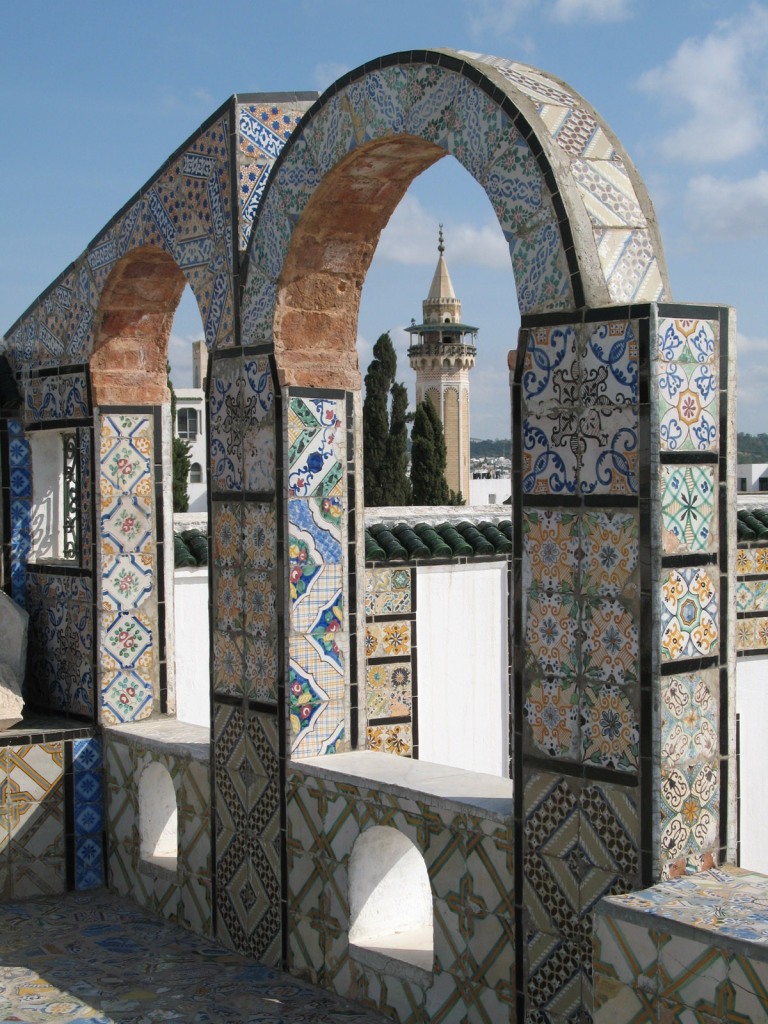

The Tunis Municipal Theatre sits on Avenue Habib Bourguiba, and has been entertaining cultured Tunisians since 1902.
Slightly worn looking but nonetheless French in style, the Ville Nouvelle hosts many buildings of this type.
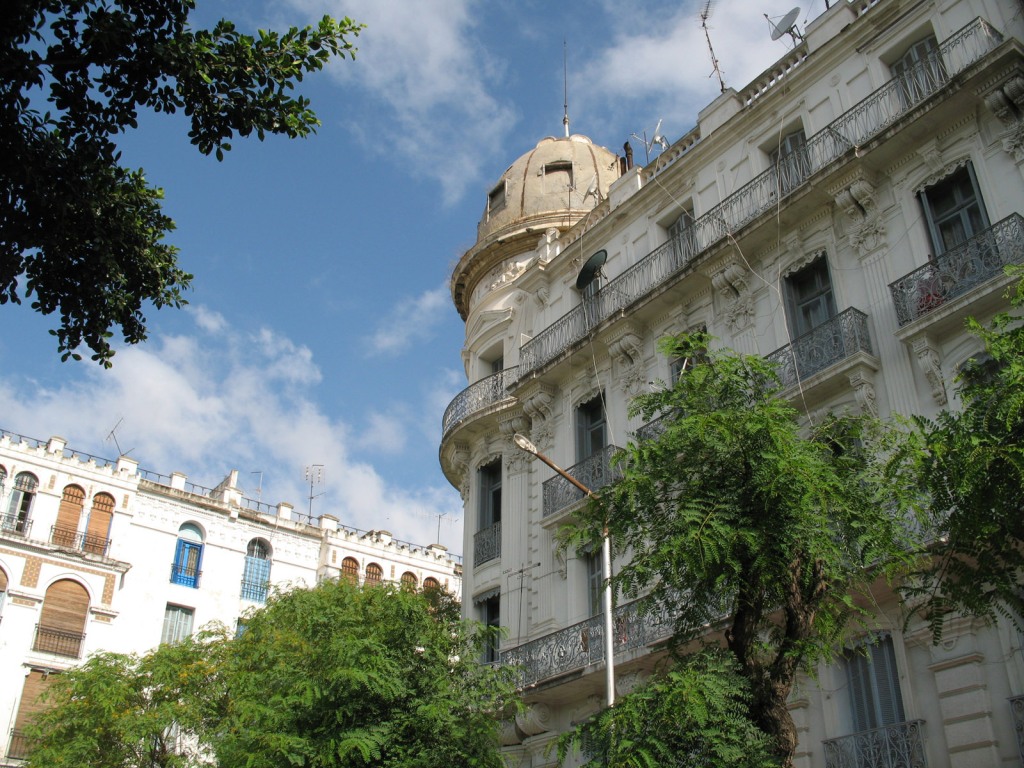

The Cathedral of St Vincent de Paul was built by the French in 1897 and is now the only Catholic cathedral operating in the country, following an agreement with the Vatican after independence from France in 1956.
There is a good modern tram system operating in Tunis these days, which takes you all the way from the main railway station to the light rail by Tunis Bay, for onward travel to Carthage and Sidi Bou Said.
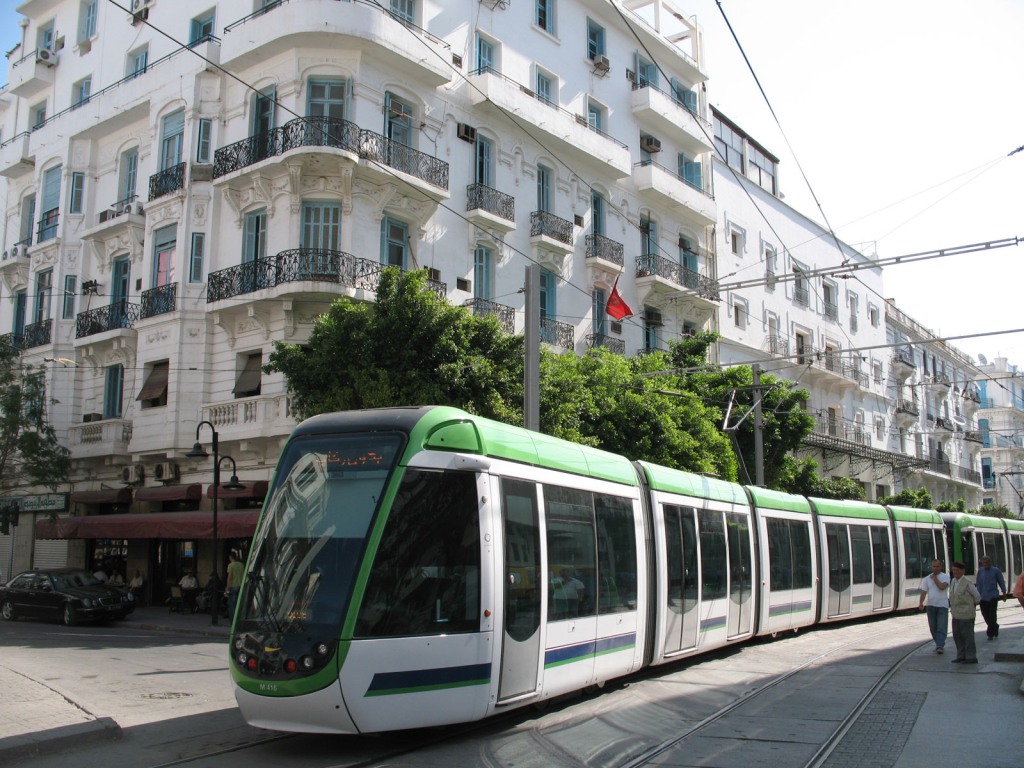
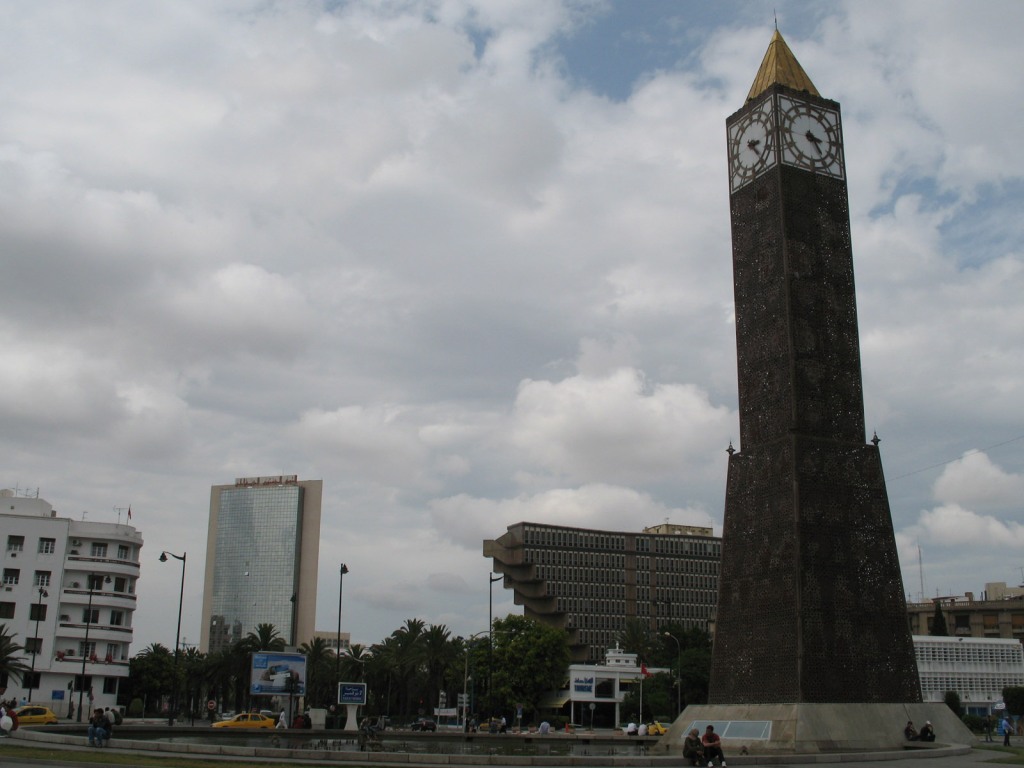
Further out towards the sea, stands this distinctive clock tower, built to commemorate Ben Ali coming to power in 1987, so can’t avoid being nicknamed Big Ben Ali. His portrait was everywhere throughout the country, but not for long as the Arab Spring in 2011 put a swift end to his reign. The overhanging building behind is the long-defunct Hotel du Lac dating from 1973, which purportedly inspired the shape of the Star Wars sandcrawlers.
Looking west back along Avenue Habib Bourguiba, the centrepiece boulevard of Tunis.


Created 2008 | Updated 2023
